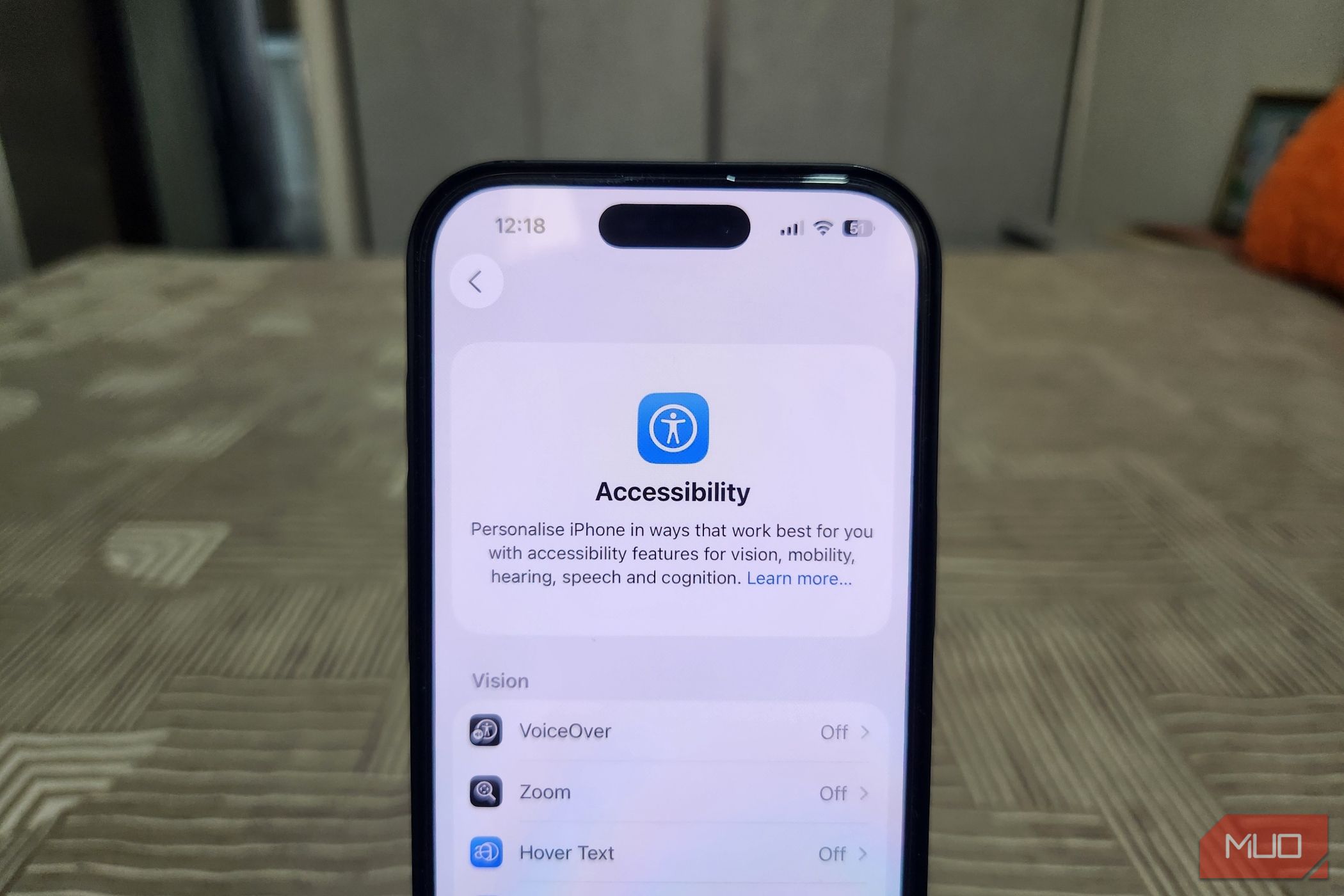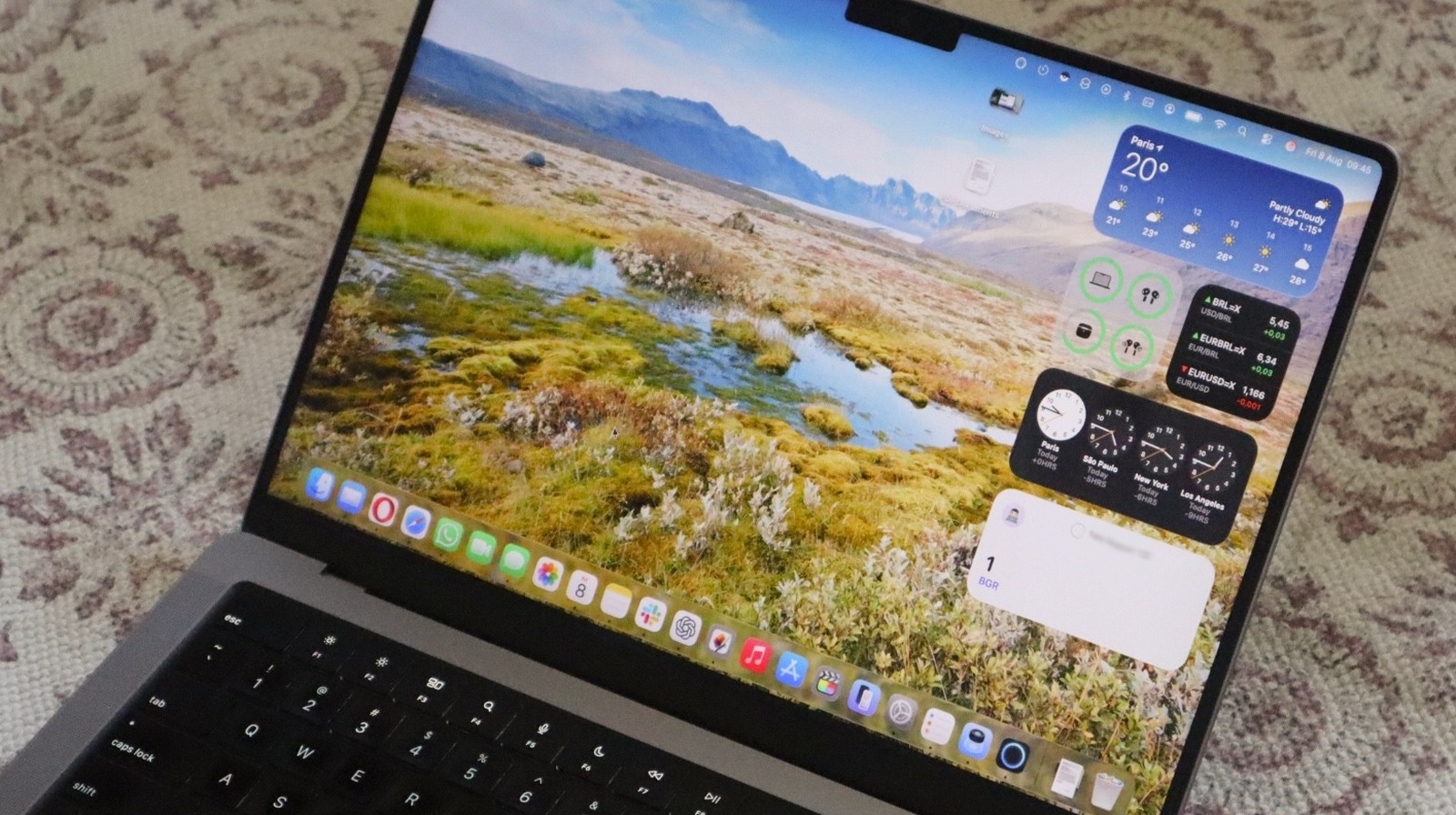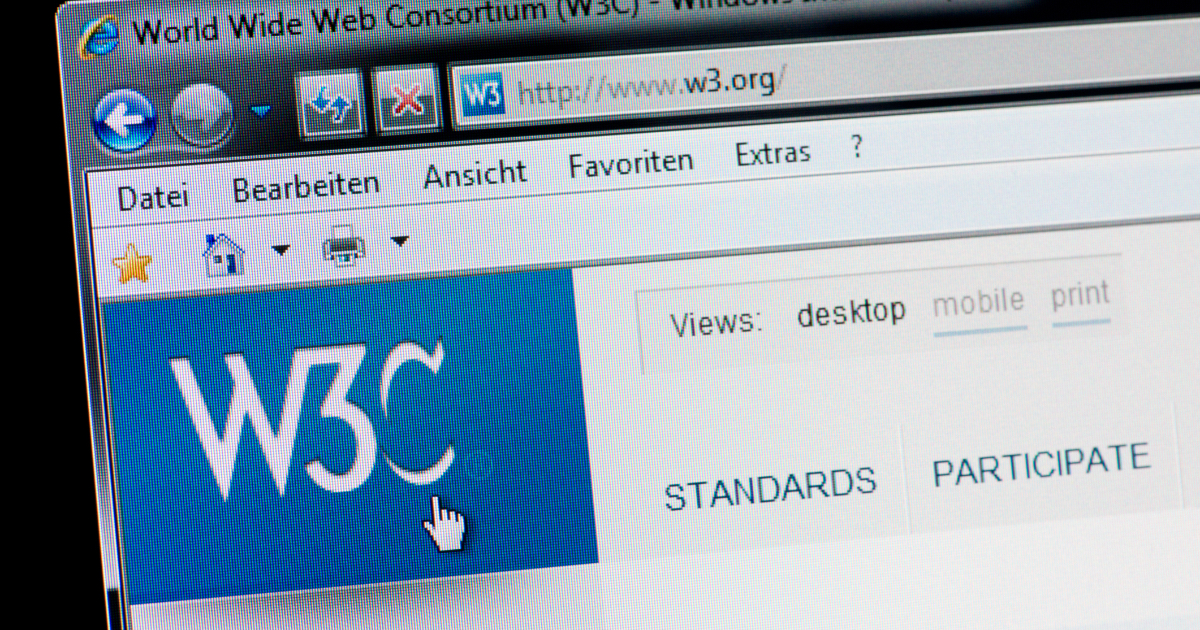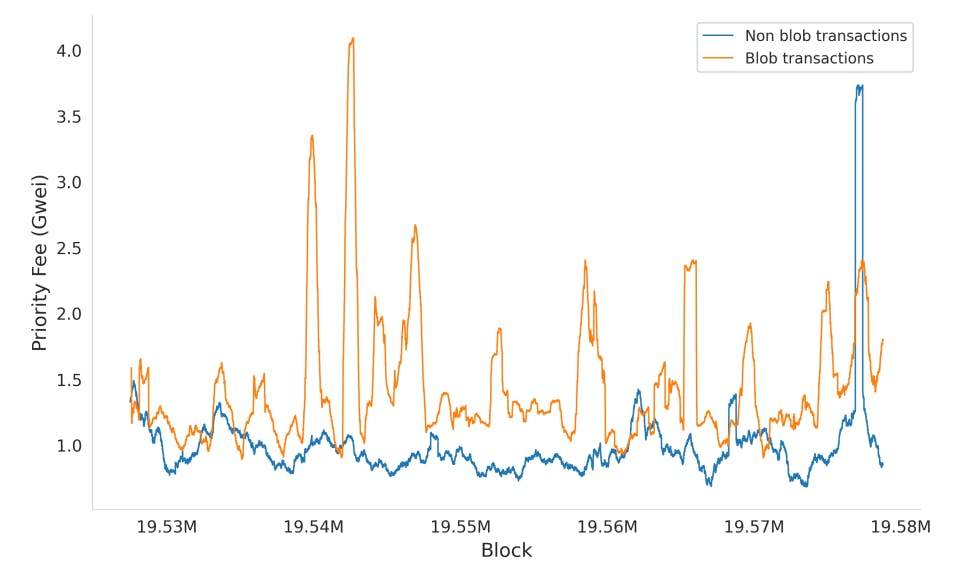Accessibility features on your iPhone go far beyond what you might expect. From adjusting text size and controlling your device with just your eyes to unlocking a hidden button on the back, this menu offers tools that can truly change the way you use your iPhone for the better.
13
Display and Text Size
The default text size and style work for most people, but if you find small fonts hard to read or need better contrast to reduce eye strain, the Display and Text Size settings provide an easy solution.
Head over to Settings > Accessibility > Display & Text Size. Here, you can enable Bold Text to make fonts thicker and easier to read. If the text still feels small, tap Larger Text, and turn on Larger Accessibility Sizes. Then, use the slider to adjust the text size to your liking.
You’ll see a live preview of the text size, so you can decide easily. This is a good alternative to the Display Zoom feature, which enlarges everything on your iPhone screen.
12
Auto-Brightness
When it comes to screen brightness, there’s no single setting that works perfectly all the time. As lighting conditions change throughout the day, you may need to adjust the screen brightness to keep the display comfortable and easy to see.
But instead of constantly adjusting the brightness slider yourself, you can rely on Auto-Brightness. This feature automatically changes the screen brightness by sensing the surrounding light.
To enable it, go to Settings > Accessibility > Display & Text Size and toggle on Auto-Brightness. Beyond comfort, this feature also helps reduce battery drain on your iPhone by ensuring your display isn’t brighter than it needs to be.
11
Reduce White Point
If you’ve ever used your iPhone at night, you know how even the lowest brightness can still feel too harsh. Reduce White Point is an accessibility feature that can keep your iPhone from blinding you at night. It softens the brightest colors on the display to make the overall screen easier on the eyes.
To enable it, go to Settings > Accessibility > Display & Text Size and toggle on Reduce White Point. After that, a slider appears, so the intensity can be adjusted to just the right level of comfort.
Keep in mind this feature works best only in low-light conditions. During the day, you might want to turn it off since it can make the screen appear muted or dull when there’s plenty of ambient light.
10
Magnifier
No matter how good your eyesight is, reading tiny print on medicine labels or spotting a product’s fine serial number can be tricky. In these situations, you can use your iPhone’s camera as a magnifying glass.
Open the Magnifier app from the App Library and use the camera to zoom in on anything in front of you. You can also explore its settings to adjust brightness, contrast, and apply filters for a clearer view.
If you need to use it frequently, head to Settings > Accessibility > Accessibility Shortcut and select Magnifier. After this, you’ll be able to access it at any time by triple-clicking the side button rapidly.
9
Eye Tracking
Eye Tracking on your iPhone lets you control your device hands-free. It’s not something you’d use daily, but it’s definitely worth trying.
As the name suggests, this feature tracks your eye movements and lets you interact with your screen. To try it out, go to Settings > Accessibility > Eye Tracking and turn it on. Then, follow the on-screen instructions to calibrate the feature.
Once set up, an on-screen pointer will follow your eye movements, moving wherever you look. When you hold your gaze steadily on an icon, button, or toggle, your iPhone registers a tap.
It takes a bit of practice to get comfortable with, but once you do, Eye Control offers a whole new way to use your iPhone without ever touching the screen.
8
AssistiveTouch
AssistiveTouch is a popular feature you might already know. When enabled, it adds a floating button on your screen. Tapping it gives you quick access to shortcuts like volume control, screen locking, taking screenshots, or locking the screen.
To activate AssistiveTouch, head to Settings > Accessibility > Touch > AssistiveTouch and toggle it on. The menu is fully customizable, so you can add or remove functions as you see fit.
You can also customize double-tap or triple-tap actions on the AssistiveTouch button to open the camera or take a screenshot. Once you get used to it, you’ll rarely find yourself using your iPhone’s physical buttons.
7
Back Tap
Back Tap is a clever feature that turns the back of your iPhone into a secret control button. With just two or three quick taps on the back, you can trigger a variety of useful actions—from opening the Control Center or taking a screenshot to launching an app or running a favorite shortcut.
To set it up, head to Settings > Accessibility > Touch > Back Tap. Select Double Tap or Triple Tap, then specify what you want it to do.
Once enabled, tapping the back of your iPhone triggers the chosen action anytime, no matter what screen you’re on. Best of all, it works even if your phone is in a case, so there’s no need to worry about that.
6
Guided Access
If you ever need to hand off your iPhone to a friend or a child, Guided Access can be helpful. This feature locks the device into a single app, so the person using it can’t switch apps. It’s perfect for limiting access when lending your phone to someone.
To turn it on, go to Settings > Accessibility > Guided Access and toggle it on. You can also set a passcode or use Face ID to end the session to ensure control stays in your hands.
Once enabled, you can start a Guided Access session by triple-clicking the side button in any app. From there, you can restrict access to specific features or hardware buttons and even set a time limit if needed.
5
Attention-Aware Features
It can be annoying when you’re looking at something or reading something important and the screen just dims or turns off. However, there’s no need to increase the auto-lock timer on your iPhone to get around this.
Attention-Aware Features use the iPhone’s TrueDepth camera to detect when you’re looking at the screen. To enable or check this feature, go to Settings > Accessibility > Face ID & Attention and toggle on Attention-Aware Features.
Once on, your iPhone screen stays awake as long as you’re looking at it. When you look away or stop paying attention, the screen dims and turns off as usual.

4
Sound and Name Recognition
When you’re enjoying your favorite music or podcast, it’s easy to miss important sounds like your name being called or an alarm. Enabling sound and name recognition features on your iPhone helps make sure you don’t miss these important alerts.
You can set this feature to listen for specific sounds—like a doorbell, baby crying, fire alarm, dog barking, or even your name—and it will notify you with a subtle alert on your iPhone.
To set it up, go to Settings > Accessibility > Sound Recognition and turn it on. From there, choose which sounds you want your iPhone to listen for. Similarly, set up the Name Recognition feature by typing your name or recording how someone else says it.










